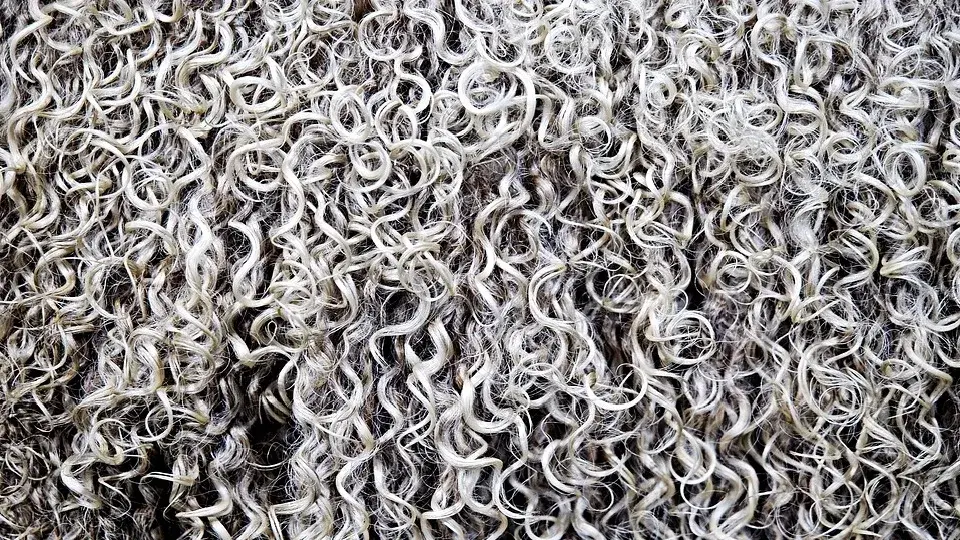
1. Hygroscopicity of fiber
Textile fibers will continue to exchange water vapor with the air when placed in the air. That is, the textile fibers will continue to absorb water vapor in the air and at the same time, they will continue to exchange water vapor with the air. Emitting water vapor.
The ability of textile fibers to absorb or release water vapor is called the hygroscopicity of the fiber. Hygroscopicity is one of the important physical properties of textile fibers.
The hygroscopicity of textile fibers has a certain impact on the shape, size, weight, and physical and mechanical properties of textile fibers, which also affects their processing and use performance.
The moisture absorption capacity of textile fibers also directly affects the wearing comfort of the fabric. Fibers with high hygroscopicity can easily absorb sweat discharged by the human body, regulate body temperature, relieve dampness and stuffiness, and make people feel comfortable. Therefore, attention should be paid to the hygroscopic properties of fibers in commercial trade, fiber performance testing, textile processing and textile selection.
Among the common textile fibers, wool, linen, viscose fiber, silk, cotton, etc. have strong moisture absorption capabilities, while synthetic fibers generally have poor moisture absorption capabilities. Among them, vinylon and nylon have slightly better moisture absorption capabilities, and acrylic fibers have worse moisture absorption capabilities. , polyester is worse, polypropylene and chlorine fiber have almost no moisture absorption.
At present, synthetic fibers with poor moisture absorption capacity are often combined with natural fibers or natural fibers with strong moisture absorption capacity. Viscose and viscose fiber blends to improve the moisture absorption capacity of textiles.
In the hygroscopic properties of fibers, in addition to hygroscopicity, the water absorption of fiber materials is also closely related to the wearing comfort of fabrics. The water absorption of fibers refers to the ability of fibers to absorb liquid water.
2. Mechanical properties of fiber
The various deformation properties of textile fibers under the action of various external forces are called textile Mechanical properties of fibers. External forces include tension, compression, bending, torsion, friction and other forms.
The mechanical properties of textile fibers should include fiber strength, elongation, elasticity, wear resistance, elastic modulus, etc.
The strength of fiber:The strength of fiber is Refers to the fiber’s ability to resist damage from external forces, which largely determines the durability of textile products.
Abrasion resistance of fiber: Fiber and its products are processed In actual use, wear is caused by constant friction. The wear resistance of fiber refers to the fiber’s ability to withstand external wear. The abrasion resistance of fibers is closely related to the fastness of their textile products. The quality of wear resistance is an important indicator of the wearing performance of clothing fabrics. The wear resistance of fiber is related to the macromolecular structure, supramolecular structure, elongation at break, elasticity and other factors of the fiber.
The order of wear resistance of common fibers is as follows:
Nylon>Polypropylene>Vinyl>Ethylene>Polyester>Acrylic>Polyvinyl>Wool>Silk>Cotton>Hemp>Rich fiber>Cupro ammonia fiber>Viscose fiber>Acetate fiber>Glass fiber.
3. Chemical resistance of fiber
<span style="color: #3F3F3F; –tt-da�One of the most important physical properties and geometric characteristics, it not only affects textile processing and product quality, but is also closely related to the wearing performance of the fabric. Similarly, Linear density is also the most important indicator of yarn. The linear density of yarn affects textiles. Physical and mechanical properties, feel, style, etc., it is also one of the important basis for fabric design.
The linear density of fibers and yarns has many expressions, generally using the same It is represented by indirect indicators proportional to the line cross-sectional area. Commonly used indicators include Tex (number), metric count, imperial count, denier, etc.
5. Characteristics of commonly used fibers
(1) Natural fiber:
- COTTON (cotton):Absorbs sweat, soft.
- LINEN (hemp): Easy to wrinkle, straight and breathable after finishing, and more expensive.
- RAMIE (ramie): is a kind of linen material with thick yarn. It is usually used for curtain cloth or sofa cloth. If it is used for clothing, it is usually Mixed with hemp.
- WOOL (wool): The wool is relatively thin and not easy to pill.
- LAMRSWOO (little wool):The wool is thicker, generally similar to
- ANCYLIC (polyacrylic acid fiber)Mixed to prevent clothing from deforming easily.
- MOHAIR (mohair): Puffy and warm.
- CASHMERE (Kashmir goat cashmere):The fibers are finer, light and soft, and comfortable to the touch.
- ANGOLA (Angora goat hair or rabbit hair):The wool is thin and loose, feels smooth and elastic, and the price is higher.
- SILK (silk): Soft, with a beautiful luster and great absorbency.
(2) Chemical fiber:
- RAYON (rayon): Very light and soft, mostly used in COLLECTION shirts.
- POLYESTER (polyester fiber):Similar to rayon, easy to handle, not easy to wrinkle after ironing, and cheap.
- SPANDEX (stretchable nylon):It is elastic in itself. Most fabrics mixed with cotton only need to contain 5%-10%, which already has great elasticity. , making the clothes less likely to deform and fade, and the price is higher
- NYLON (nylon): Completely airtight and hard to the touch, suitable for windbreakers. Mixed with wool to make clothes stiffer.







